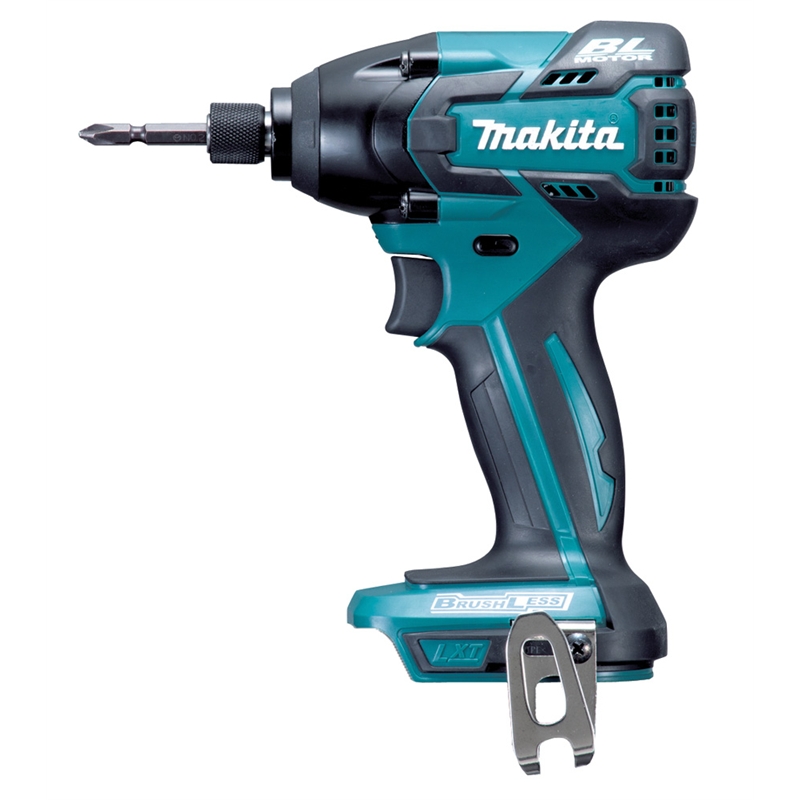Here is a list of helpful items when making building a house made of hempcrete. It will be updated as need be;
- a large tub to open up the bales of hemp as it is much easier to break up the hemp lumps. We used one of those containers that hold chemicals. Our friend Neil who has a hempcrete home in Violet Town recommended that to us and it works very well.
- plastic sheeting and tarps to keep the hempcrete dry when it rains - NOTE: tarps ended up damaging the walls more than saving them from the rain
- many plastic tubs and buckets for holding tools, holding sand, hemp, the mix NOTE: we used the larger tubs for holding and weighing dry hemp but smaller tubs for transporting the hemp mix - lighter and less fatigue (better for dodgy backs)
- spades for shovelling hemp and sand
- hose with a water meter on it so that you can measure out water accurately
- something to help protect the hempcrete as it is drying- in our case we have used leftover poles from our concreting works and OSB (Oriented Strand Board) from our timber frames. This was important because a hose or power lead can take out a corner of a freshly made wall
- set of scales for measuring the hempcrete pie! Initially we used suitcase scales, I have since purchased some butcher clock face scales, it hasn't yet arrived but hopefully will be more reliable than digital scales. NOTE: The butcher clock scales have been terrific.
- sprayer to dampen the wood and hempcrete prior to adding a new mix. It is important as the wood will suck the moisture out of the fresh hempcrete mix, therefore the ratio of water to the rest of the mix is changed and there is a greater risk of cracking along the wood frame. This step is very important, you must wet the top of the last hemprete wall. NOTE: In areas where the top of a wall had been left for a few weeks I ended up using a vacuum cleaner to remove the loose bits of hemp. Trying to complete a house with one sprayer has been challenging, buy a second! They get a little gunked up with lime and they are not made for such hard work.
- safety equipment such as disposable gloves covered with long gloves, long sleeve shirts, mask for your mouth, eye goggles. These are all to protect you from the lime that can be quite harmful. NOTE: You go through a lot of long gloves and gardening gloves, if you see them on special, buy them!
- An impact drill for a range of tasks including making formwork, setting up flywheels
- scaffolding- we bought it and will sell it off at the end of the project
- hand forklift trolley - we ended up buying one as it has saved our backs many times over as we move the lime around the space to give us room
- A pulley system to lift the hempcrete up high
- Plenty of ply and OSB to make extra formwork NOTE: Often you need to use smaller pieces of formwork for an angled roof line - small pieces of formwork are worth holding on to and collecting.
- Conduit- for protecting all the wires including above the ceiling where the wires go through the hemp insulation for the lights
- Conduit for use with form work-we used a lot of this in all sorts of lengths (make sure you are accurate with your lengths so that your formwork is straight). Ensure it is not so wide a diameter that it leaves a gaping hole to fill but not so narrow you can't stick your finger in it and twist it out later.
- Bituminous paint and putty to paint over strapping and nail holes
- A first aid kit on standby
 |
| Device used for measuring water |
 |
| large tub for opening up the hemp bales |
 |
| poles and ply to protect the fragile, damp hempcrete |
 |
barrier cream to protect your hands, this has
made a big difference |
 |
| long gloves to keep the lime off |
 |
I use these as inner gloves and then long gloves
on top. |
 |
We could not have done this build without an
impact drill |
 |
A pulley system to lift the hempcrete up high
and scaffolding |
 |
When a hose brushed along the corner it knocked out some of
the hempcrete. This will be repaired easily enough. We just
can't wait for the hempcrete to dry. |
 |
| The sprayer I am using to dampen the wood. |
 |
Grant setting up the geoplast formwork. The green gaffe tape was
used to cover the strapping and screws as they were too difficult
to cover with bituminous paint |
 |
Recently bought this scale for measuring the dry ingredients. Some
may say it is a bit anal to measure everything so accurately but at
least there is consistency in our mix. |
 |
Ingredients list for mixing the hemp. This is useful for volunteers. We have adjusted the water a little depending on the
conditions on the day. Generally we have been using 10.2litres. Using our water meter has made these minor adjustments
simple. |














No comments:
Post a Comment